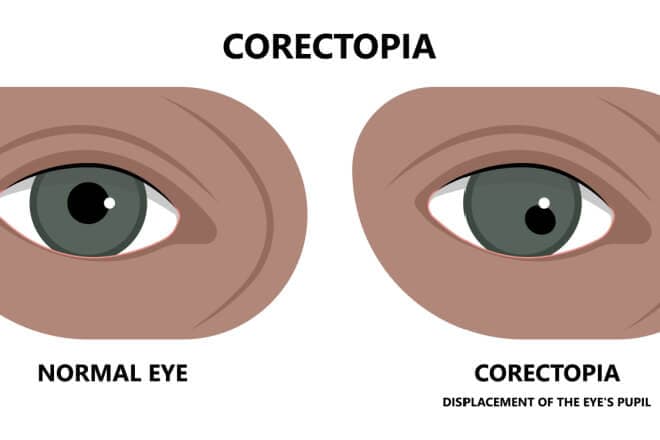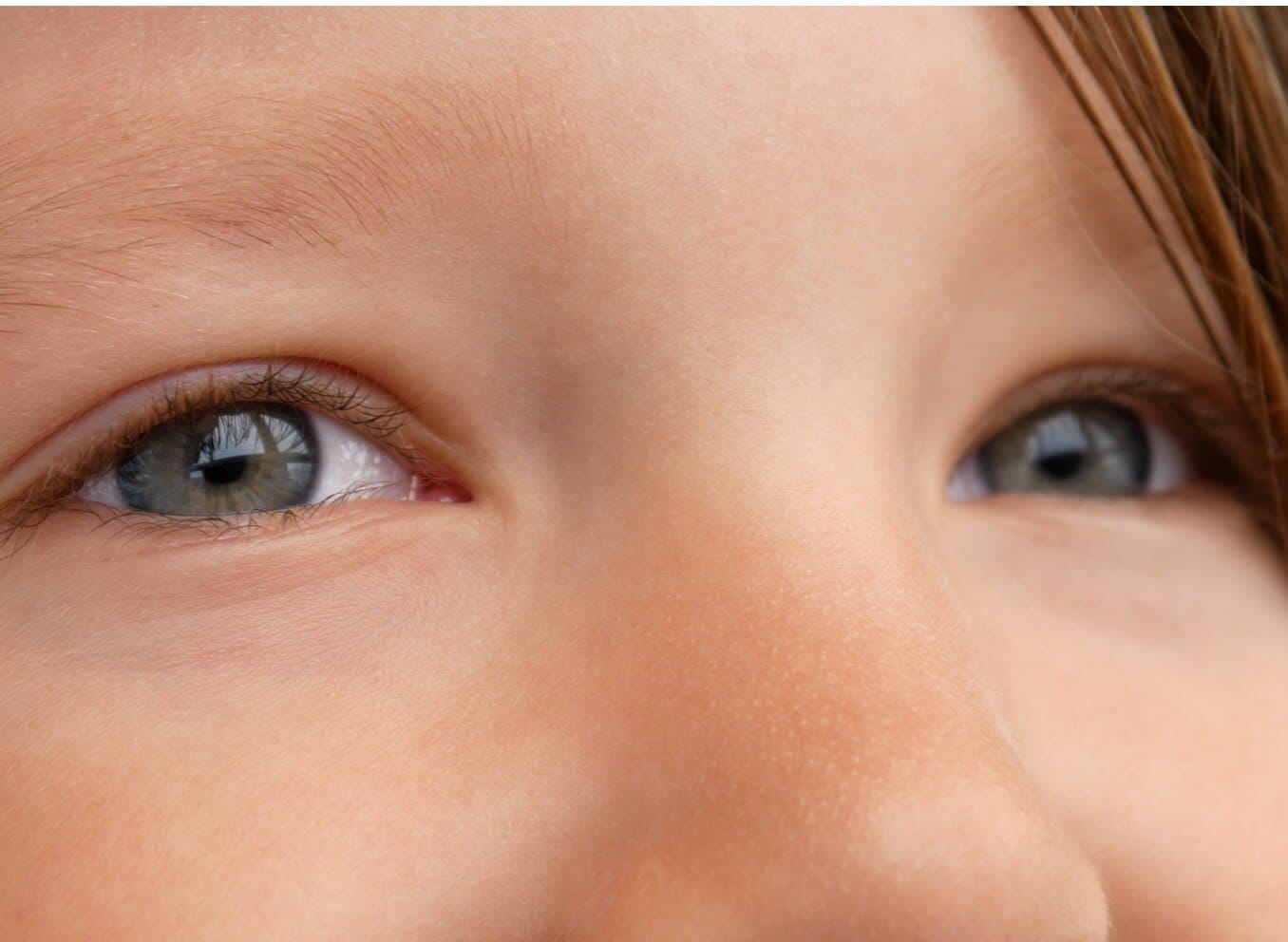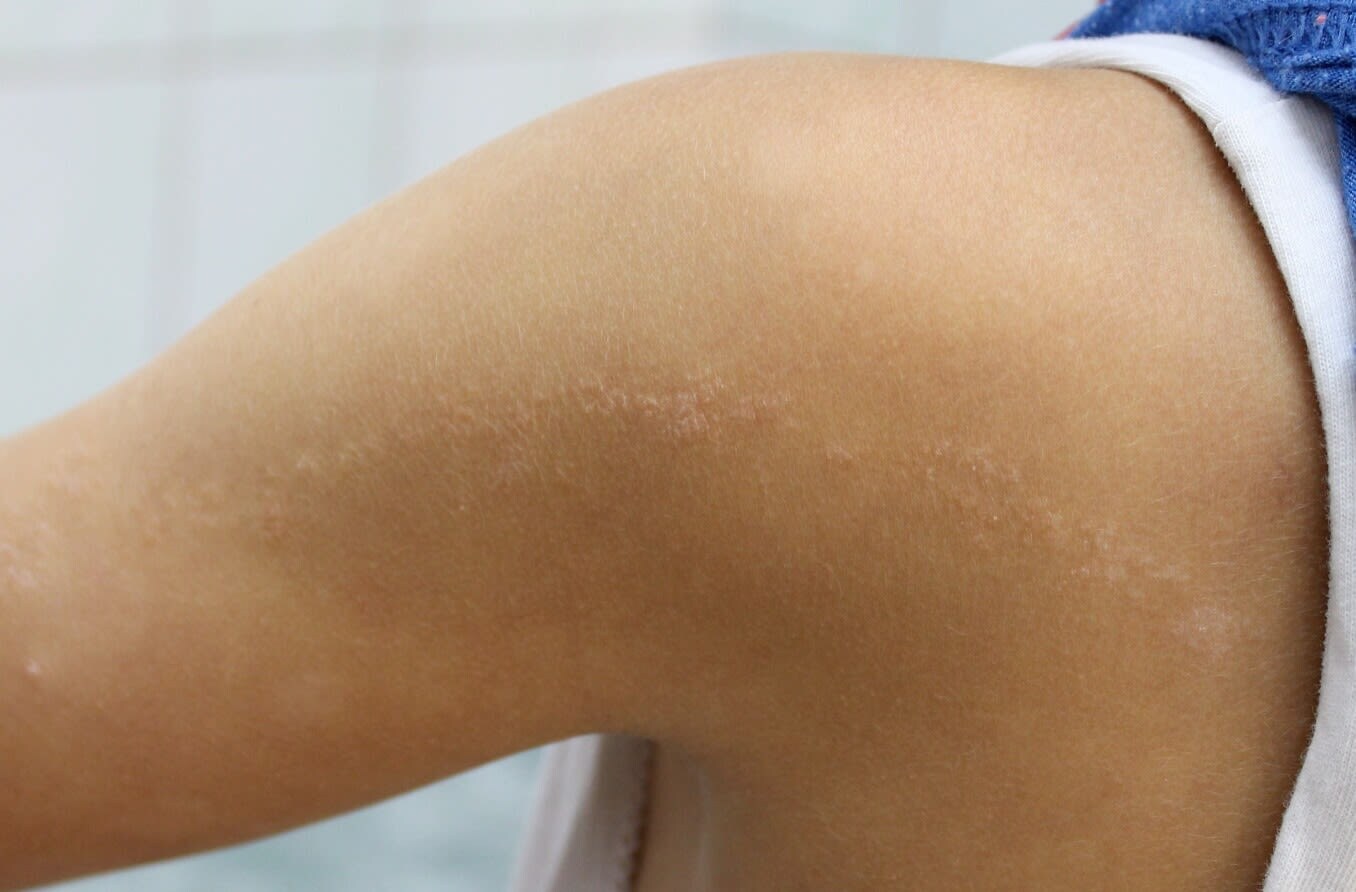What is Axenfeld-Rieger syndrome?
Axenfeld-Rieger syndrome (ARS) is a rare genetic disorder mostly affecting the front part of the eye. This condition is congenital, meaning that a person is born with it. ARS can lead to several eye and vision concerns, including glaucoma.
With ARS, mutations in a baby’s genetic makeup may cause the front portion of the eye to develop abnormally. This mostly affects the iris (colored portion), cornea (clear outer layer) and trabecular meshwork (located between the iris and the cornea) of the eye.
These effects can impact the physical appearance of the eye and the eye’s ability to see normally. The severity of Axenfeld-Rieger syndrome and how it affects eye development can vary greatly from person to person.
An estimated 1 in 200,000 people are born with Axenfeld-Rieger syndrome. More than 50% of people who have ARS are born with glaucoma or develop it later on.
Signs and symptoms
The signs and symptoms of Axenfeld-Rieger syndrome can differ among patients. Age of onset and the parts of the eye or body affected can impact the severity of the signs and symptoms. Some patients may not have any symptoms. Others might experience vision concerns, such as blurry vision (from cornea issues) and light sensitivity (due to iris irregularities).
When glaucoma is present in infants, patients may also experience fogging of the cornea and enlargement of the eye (buphthalmos). Glaucoma that arises later in life may cause other signs and symptoms. These may include increased eye pressure (intraocular pressure) and squinting of the eyes. Glaucoma that is left untreated can lead to irreversible vision loss and blindness.
Several eye-related signs and symptoms may occur with ARS. These include:
Off-center pupils (corectopia)
Underdeveloped or thin irises (iris hypoplasia)
Extra openings in the iris that look like multiple pupils (false polycoria)
Widely spaced eyes (hypertelorism)
Defects in the cornea, including clouding
Enlargement of the eye (buphthalmos)
Sensitivity to light (photophobia)
Excessive watering of the eye (epiphora)
ARS can affect other areas of the body and may cause one or more of the following:
Large or prominent forehead
Broad or flat nasal bridge
Flattened facial appearance
Thin upper lip
Protruding lower lip
Small teeth (microdontia)
Fewer than normal teeth (oligodontia)
Excess skin around the belly button
Genital abnormalities
Hearing loss
Bone and joint defects

Eye with normal positioning vs. off-centered pupil
Causes
Axenfeld-Rieger syndrome tends to be inherited as an autosomal dominant genetic disorder. With this disorder, a copy of a mutated gene only needs to be passed down from one parent to cause a condition or trait. This means that children of a parent with ARS have a 50% chance of inheriting the disorder.
Axenfeld-Rieger syndrome affects males and females equally.
ARS is often caused by a mutation (change) of specific genes (DNA sequences passed from parent to child). Three types of Axenfeld-Rieger syndrome have been identified by researchers. Simply labeled type 1, 2, and 3, each form is classified by the mutation of a certain gene.
Type 1: PITX2 gene
Type 2: Likely involves chromosome 13, but this has not yet been determined.
Type 3: FOXC1 gene
These genes are important to a baby’s development in the womb, specifically in the embryonic stage (5th through 10th week of pregnancy). Mutations of these genes impact the formation of the eyes and other parts of the body.
In some cases, patients diagnosed with ARS do not seem to have mutations within the PITX2 or FOXC1 genes. For these individuals, the cause of the disorder is undetermined.
Diagnosis
The majority of patients with Axenfeld-Rieger syndrome are diagnosed early in life, typically as an infant or a child. It is usually identified through an eye examination and physical evaluation.
A visual acuity test may be performed to determine if the condition affects the patient’s vision. Glaucoma tests (including tonometry and gonioscopy) may also be conducted to confirm if glaucoma is present.
In some cases, doctors may use genetic testing to confirm an accurate diagnosis. Family planning, including genetic prenatal testing, may also be available. This can be helpful for patients with confirmed or suspected ARS in other family members.
Treatments and therapies
Currently, there are no treatments for the genetic and developmental causes of ARS. Treatments for the disorder mostly focus on therapies and procedures to manage some of its symptoms. These approaches may involve a team of specialists in addition to the patient’s primary doctor.
Treating the eye and vision-related effects of ARS is important. Conditions such as glaucoma can lead to vision loss and blindness without prompt and professional ongoing care.
Medication
Doctors may prescribe eye drops or oral medications to help manage glaucoma. But these are usually in addition to surgical treatment.
Surgery
Surgery for glaucoma may be recommended to treat patients with congenital glaucoma. While medication may be used initially, surgery can be more effective for lowering eye pressure in patients of this young age. Laser procedures to reduce fluid and pressure in the eye are also common options.
Other options for support
Further therapies and supportive measures may be taken to help manage the visual effects of ARS. These include the ongoing monitoring of vision and eye health. Using tinted glasses or contact lenses to reduce light sensitivity, glare or other effects of pupil defects may also be a benefit.
Related conditions and disorders
Approximately 50% of individuals with Axenfeld-Rieger syndrome develop glaucoma. Glaucoma is a serious eye disease that causes the pressure within the eye to increase. It can lead to vision loss and blindness. In most patients with ARS, glaucoma occurs during the adolescent or early adult years. However, it may develop as early as infancy in some cases.
Axenfeld-Rieger syndrome can also increase a child’s risk of other eye conditions, including:
Strabismus (crossed eyes)
Patients with ARS can have facial and dental complications. They may also experience cardiovascular (heart) defects, although this is not common. They may also have problems with the pituitary gland, which can impact their development and cause a delay in growth.

Child undergoing a pediatric eye evaluation
When to see a doctor
Parents who notice changes in their child’s vision or the appearance of their eyes should contact an eye care specialist promptly. Children diagnosed with ARS should also have regular eye exams as recommended by their ophthalmologist. These exams are necessary to monitor current and/or developing eye conditions.
Adults who are concerned they may pass along ARS to their children should speak with their doctors. They can help to determine if DNA or other forms of testing are advised.






